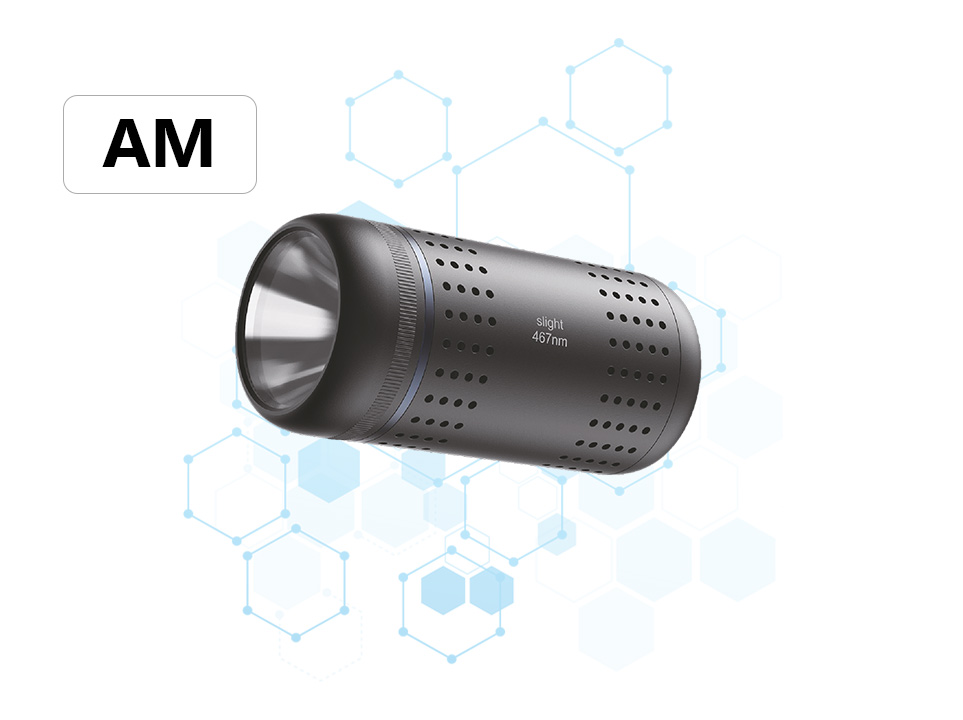Kettle Type Photoreactor Advantages: Revolutionizing Photocatalytic Efficiency Unleash the Power of Light-Catalyzed Reactions

The kettle type photoreactor , Designed for precision and performance, this reactor system optimizes light energy utilization to drive chemical transformations with enhanced efficiency and sustainability.
Key Advantages:
Maximized Light Exposure:
360° Uniform Irradiation - The spherical reactor design ensures complete coverage of reactants, eliminating shadow zones and accelerating reaction rates up to 40%.
High transmittance Materials (e.g., quartz, borosilicate glass) - Maximizes photon penetration, enabling efficient activation of photocatalysts.
Enhanced Mass Transfer:
Agitated Mixing Mechanism - Stirring systems (e.g., magnetic or mechanical) promote homogeneous distribution of catalysts and reactants, reducing diffusion limitations.
Gas-Liquid-Solid three phase collaboration - Integrated gas sparging (e.g., O₂, CO₂) enhances reaction kinetics, ideal for heterogeneous photocatalysis.
Modular Design for Flexibility:
Scalable Configuration - From lab-scale (50 mL) to industrial (20 L+) capacities, the kettle design facilitates seamless scale-up without sacrificing performance.
Customizable Light Sources - Compatibility with LEDs, UV lamps, and sunlight simulators enables tailored experiments across UVA/UVB/VIS/NIR spectra.
Energy Efficiency & Safety:
Low Operational Costs - LED-based systems consume 70% less energy than traditional mercury lamps, with longer lifespans (≥20,000 hours).
Over-Temperature Protection & Auto-Shutoff - Advanced control systems monitor temperature and pressure, ensuring safe operation.
Versatility in Applications:
Ideal for - Water purification (e.g., degradation of organic pollutants), organic synthesis (e.g., C-C coupling), CO₂ reduction, and photovoltaic material development.
Why Choose a Kettle Type Photoreactor?
Accelerate Research & Production - Shorten reaction times and boost yields with optimized light-catalyst interactions.
Minimize Waste & Costs - Green chemistry approach reduces solvent usage and energy consumption.





